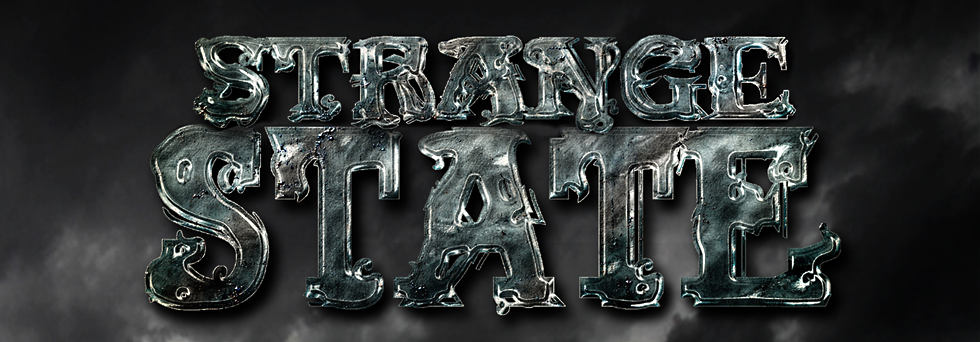
On Christmas day 1966, an ambitious expedition launched from the Galapagos Islands in hopes of proving native Ecuadorans helped populate Polynesia some 2,000 years ago. This voyage, which utilized a 46' x 30'
 balsa wood raft similar to those built by ancient South Americans, was dubbed an "Anti-Kon Tiki" experiment, referencing the famed vessel built and sailed by ethnographer Thor Heyerdahl.
balsa wood raft similar to those built by ancient South Americans, was dubbed an "Anti-Kon Tiki" experiment, referencing the famed vessel built and sailed by ethnographer Thor Heyerdahl.The journey was led by Vital Alzar, a language professor from Santander, Spain. Alzar had just gotten married the day before setting sail with his crew that included such diverse members as an anthropologist, a photographer, and even a member of the Canadian mounted police.
However, the voyage was not without its share of misery. During a particularly devastating Pacific storm, the raft was struck by a large wave and a member of the crew, Pastora Lora, an Ecuadorian, was washed overboard. The crew of the sinking raft then had to be rescued by the Ecuadorian navy.
Subsequent voyages to Australia befell similar heartache, leading perhaps to Alzar's choice of choosing surrealist painter Salvador Dali to create an insensitive emblem for the main sail on his 1970 raft La Balsa: a logo incorporating a stylized heart and pair of testicles. "A man needs both of these if he is to go through the fire," Alzar said.

1 comment:
Thor Heyerdahl did it better. : )) He's my hero. This guy sounds like a bit of a nutter.
Post a Comment